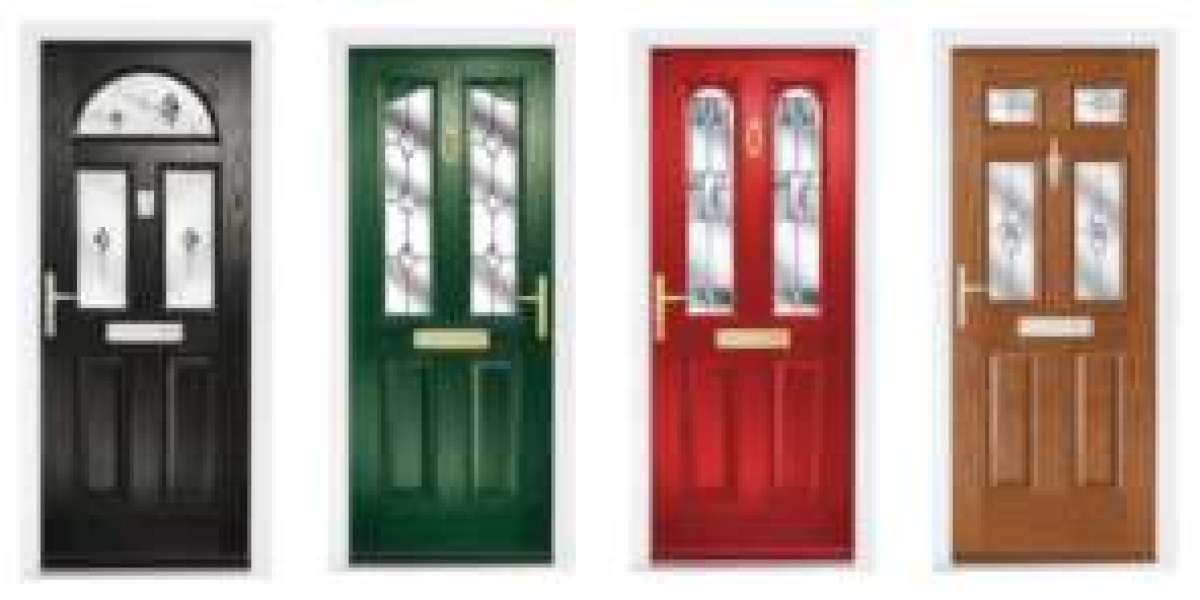Understanding In-Built Ovens: A Comprehensive Guide
In the world of modern-day kitchen style, inbuilt ovens have risen to prominence, blending functionality with aesthetics. Their smooth integration into cabinets offers a streamlined appearance, making them progressively favored by property owners and cooking enthusiasts alike. This short article explores the various features, benefits, installation factors to consider, and popular types of built-in ovens, along with addressing some frequently asked concerns.
What is an In-Built Oven?
An in-built oven, typically described as a built-in oven, is a kitchen home appliance created to be installed within cabinets, rather than as a freestanding system. This configuration enables for a more advanced and organized kitchen design while making the most of available space. Built-in ovens can be found in numerous sizes, designs, and functionalities to suit various cooking needs and choices.
Advantages of In-Built Ovens
The benefits of installing an inbuilt oven extend beyond simple aesthetic appeals. Here are some crucial benefits:
Space Efficiency: Built-in bulit-in ovens are designed to fit snugly within kitchen cabinets, making them ideal for compact areas. This style leaves counter space free for meal preparations.
Personalized Design: Homeowners can pick from a range of designs and surfaces to match their kitchen decoration, boosting the overall look of the area.
Improved Functionality: Many SIA AMZDO102 Black Built-In Double Oven - 60cm ovens are geared up with sophisticated cooking technology, providing functions such as convection cooking, steam cooking, and self-cleaning functions, which improve cooking effectiveness and flexibility.
Ergonomic Height: Installing an oven at eye level minimizes the requirement to flex down, making it easier to examine food and manage dishes without straining the back.
Improved Safety: Built-in ovens can integrate security features such as cool-to-the-touch surface areas and child locks, which can be especially essential in homes with kids.
Types of In-Built Ovens
Hisense Built-in Electric Single Oven - Black ovens can be found in several types to cater to different culinary requirements. Below is a contrast of common types:
| Type | Description | Pros | Cons |
|---|---|---|---|
| Single Oven | A traditional oven that cooks from one space | Space-efficient, much easier to utilize | Restricted cooking capability |
| Double Oven | 2 different oven compartments for varied cooking | More cooking space, versatility | Greater cost, uses up more space |
| Compact Oven | Smaller ovens suitable for small kitchen areas or as a second oven | Space-saving, flexible | Minimal capacity |
| Steam Oven | Uses steam for cooking, protecting moisture | Much healthier cooking choices | Generally more costly |
| Wall Oven | Built into the wall, readily available in single or double configurations | Saves flooring space | Setup complexity |
Functions to Consider When Choosing an In-Built Oven
When picking an in-built oven, several functions should be considered:
Size: Measure your kitchen space and kitchen cabinetry to make sure the oven fits correctly. Common widths for built-in ovens integrated range from 24 inches to 30 inches.
Cooking Methods: Determine the cooking techniques you prefer-- traditional, convection, or steam. This choice will considerably influence your cooking design and the oven's capabilities.
Energy Efficiency: Look for ovens with high energy efficiency rankings. These designs save money on energy expenses and are much better for the environment.
Control Options: Evaluate the control user interfaces. Some models provide smart features enabling remote cooking control and monitoring through smartphone apps.
Safety Features: Ensure the oven features important safety features, especially if children will exist. Lock-out mechanisms and cool exteriors are valuable enhancements.
Setup Considerations
Proper installation is important for the optimal efficiency of an inbuilt oven. Here are some setup considerations:
- Ventilation: Ensure correct ventilation to get rid of smoke and smells. Consult regional building regulations concerning kitchen ventilation requirements.
- Electrical Requirements: Built-in ovens normally need a dedicated electrical circuit. Have a competent electrician assess cost and safety.
- Professional Installation: While DIY may be tempting, employing an expert installer guarantees the oven is fitted safely and safely.
Frequently Asked Questions About In-Built Ovens
What is the difference between a built-in oven and a freestanding oven?
Built-in ovens are designed to be installed within cabinets, whereas freestanding ovens can stand alone and typically integrate oven and cooktop in a single appliance.
Can I install a built-in oven myself?
While DIY installation is possible, it is often advised to hire an expert to ensure safety and adherence to regional building codes.
Are built-in ovens worth the investment?
Yes, built-in ovens usually use enhanced visual appeals, advanced performance, and effective usage of space compared to standard freestanding models.
What maintenance do in-built ovens require?
Regular cleansing, inspecting seals, and guaranteeing proper ventilation are vital maintenance tasks. It's recommended to follow the maker's directions for specific care guidelines.
How much does a built-in oven normally cost?
Rates can differ significantly based on functions, brand name, and type, however built-in ovens normally range from ₤ 700 to ₤ 3,000 or more.
Inbuilt Ovens & Hobs provide a blend of sophistication and practicality, making them an exceptional choice for both brand-new building and constructions and kitchen remodels. Comprehending the types, functions, and setup considerations can empower homeowners to make informed decisions about which in-built oven best suits their requirements. As culinary trends progress and kitchen design becomes more advanced, built-in ovens will continue to play a significant function in modern-day kitchen areas, combining cooking with design and performance.









